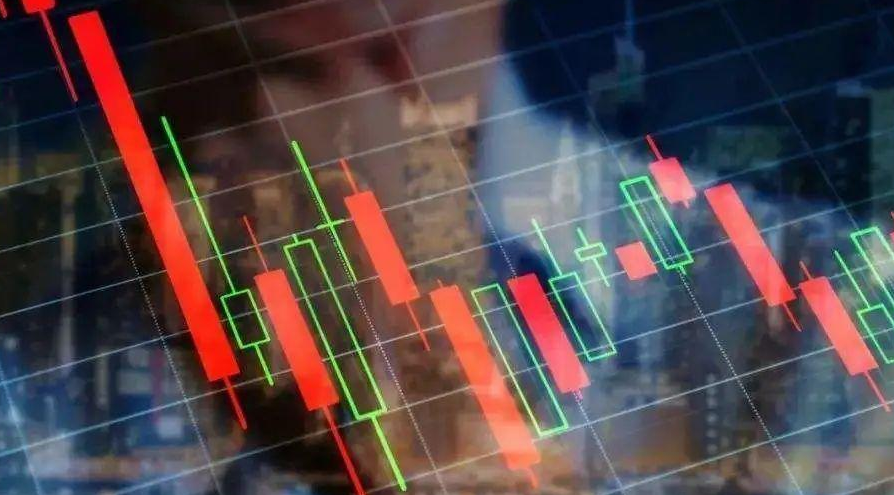American Consumers Expect Stubborn Inflation Ahead!
Advertisements
In recent weeks, the pulse of the American economy has been echoing with growing concerns about inflation, prompting consumers to reassess their expectations for both short-term and long-term price stability. The findings from the New York Federal Reserve’s monthly consumer expectations survey paint a vivid picture of a populace increasingly wary of rising costs when it comes to everyday goods and services.
The data revealed that consumers now forecast an inflation rate of 3% over the next three years, an uptick from 2.6% noted in the previous month's findings. This upward revision is not merely a statistical anomaly; it represents a shift in sentiment among everyday Americans who are feeling the squeeze of increasing prices. Interestingly, despite the rise in three-year expectations, the one-year inflation forecast remained stable at 3%, while a slight decrease in five-year outlooks was noted, sliding down to 2.7% from 2.9%. This complexity illustrates a duality in consumer confidence, where immediate fears are heightened, but long-term worries appear somewhat tempered.
This shift in perspective aligns closely with data released from the University of Michigan's survey, which indicated a significant leap in long-term inflation expectations – the highest level since 2008. Such sentiments are often fueled by geopolitical and economic tensions, including consumer fears regarding potential tariff implementations by the incoming administration. Tariffs can have immediate and profound impacts on the prices of imported goods, often serving as a catalyst for broader inflationary trends within the domestic market. There is a palpable sensitivity among consumers regarding how external economic policies may directly affect their wallets, particularly when they are already grappling with escalating living costs.
According to the Michigan survey, participants predict that prices will jump by 3.3% over the next year, marking an increase of 0.5 percentage points compared to the previous month. Such data underscores the reality that consumers are neither naive nor aloof about the economic conditions they inhabit. With rising gas prices, rents, and food costs, many feel the pressure of inflation as they shop for essentials. Moreover, their reactions to these pressures reflect a broader unease that permeates financial markets, prompting investors to shift their strategies.

The growing expectations of inflation have led to a shift in how investors perceive the Federal Reserve’s future policy moves. With inflation creeping up, betting on interest rate cuts has dimmed. Instead, there is increased speculation that the Federal Reserve may decide to hold interest rates steady or even initiate increases to keep inflation in check. Such a pivot in market sentiment has sparked a notable increase in the yield on benchmark 10-year U.S. government bonds, reaching its highest levels in over a year. This uptick signifies dual layers of concern: an increased demand for capital and apprehension regarding future inflation, compelling investors to seek higher returns to offset perceived risks of asset devaluation.
Moreover, the persistence of inflation data over recent months has surprised many analysts. While the overall inflation numbers have stalled around the Federal Reserve’s target rate of 2%, policymakers remain wary of the underlying pressures that continue to influence the economy. Last month, the Federal Reserve raised its inflation forecasts for 2025 and 2026, a sign that even they are reacting to the potential for more sustained inflationary conditions. Such assessments reveal that the Federal Reserve is balancing the need for economic growth with the imperative to mitigate inflation – a task that requires meticulous navigation.
Turning to the labor market perspective within the New York Federal Reserve’s report, consumers expressed mixed feelings. On one hand, there is a belief that the probability of unemployment has decreased, yet simultaneously, the willingness to voluntarily leave a job has also declined. The likelihood of finding a new job after unemployment now rests at a concerning 50.2%, the lowest this measure has been since April 2021, reflecting a pessimistic outlook regarding job security.
Such sentiments toward the labor market extend beyond mere statistics and delve into the everyday realities that many Americans face. A growing number of consumers are increasingly anxious about their ability to manage and repay debts. The survey revealed that the likelihood of individuals missing minimum payments on debts has risen to 14.2%, equating to levels not seen since April 2020. This statistic encapsulates the financial distress consumers may be experiencing, stemming from a combination of slowing income growth, rising prices for basic commodities, and the burden of existing debt. It underscores a broader concern among the American public about their economic resilience in the face of uncertainty.
Ultimately, these findings underscore a critical juncture for the American economy, where the interplay of consumer expectations and actual economic conditions could reshape policy responses and market behaviors. The cautious balance between growth and inflation, alongside the challenges presented by the labor market and consumer debt, makes it clear that financial policymakers have their work cut out for them. As consumers adapt to the economic landscape, their expectations and behaviors will inevitably shape the trajectory of the economy itself, revealing once more that the consumer is not just a passive observer but a significant player in the ever-evolving economic theater.
Leave A Comment